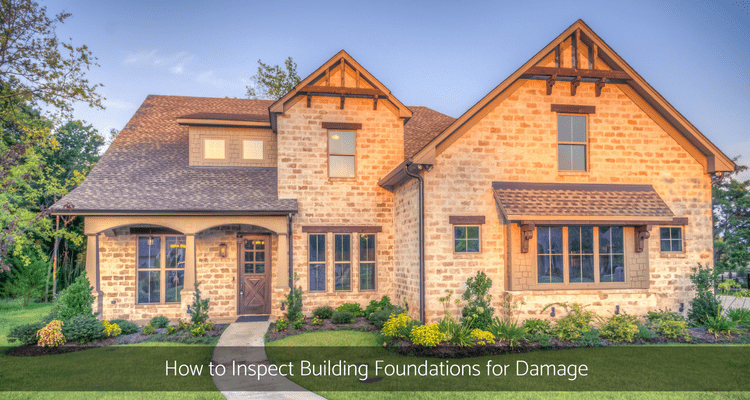 In the previous blog post I chatted with you about your home’s “hat” in “How to Inspect your Roof for Damage”. So what about the “feet” the building foundations?
In the previous blog post I chatted with you about your home’s “hat” in “How to Inspect your Roof for Damage”. So what about the “feet” the building foundations?
Another important and definitely overlooked place to inspect is the building’s footings and foundations. Even though you can’t see footings (the concrete supports in the ground), they rest under the foundations.
Remember the times jumping in puddles, putting your toes in pools of water, luxuriating in the bath for hours on end … such important sensory feelings in our life …
And you know when you’ve had enough … you feel cold, damp, chilled, your skin goes all wrinkly and you get away from the water, get dry and warm up quickly.
Similarly, buildings and their foundations are affected.
Buildings keep occupants and contents dry, preventing them getting wet not only from the outside, but also from the inside and allowing materials to dry if they should get wet so the building won’t support mould growth and rot.
Buildings attract moisture from the sky, air and ground. If the footings and foundations are wet, whether over a short time during a wet, rainy season or continuously over a long term when water just doesn’t drain away. Inside your home the walls eventually feel cold, dank and the place feels damp, attracts mould and potentially termites, and occupants start to feel miserable and become sick.
Unless you live in the desert, the ground will always be wet. That moisture is continuously pushing its way in. If you let it, it will wick its way up the wall. It is critical that it gets out.
The only way to manage a dry home is to ensure water drains away from the footings and foundations.
Routine inspections of building foundation should be carried out at least twice a year and a good time to look is after rain.
How to inspect building foundations for damage:
- remove or trim back overgrown vegetation close to the walls, windows and doors
- remove soil banked up against the wall
- check wall materials are intact
- check damp course, the layer of waterproof material near the ground level
- check for cracks, gaps
- check gutters and drains are clear of debris
- if water can be seen pooling after rain, note where it is – is it in or near the building foundations?
- check for any corresponding damp areas outside and inside walls, flooring inside
- check the sub floor area by going in under the house
- check footings and under floor for dampness, dripping, odours, water marks
- check for rodent and pest occupation
- check for termite occupation. If any are present, call a pest professional for further assessment.
- ensure water diversion does not cause problems elsewhere around the building
- check for staining on the carpets, floors and walls as this is a good indicator if the sub floor and foundations were subject to water damage and mould
When mould is suspected, call in a Building Biologist to investigate. If there are leaks causing moisture pooling, a licensed plumber with relevant expertise should be consulted.
References:
Green Building Advisor, n.d “The Building Envelope” (Online). Available: http://www.greenbuildingadvisor.com/green-basics/green-enclosures-do-four-things [20 October 2015]





